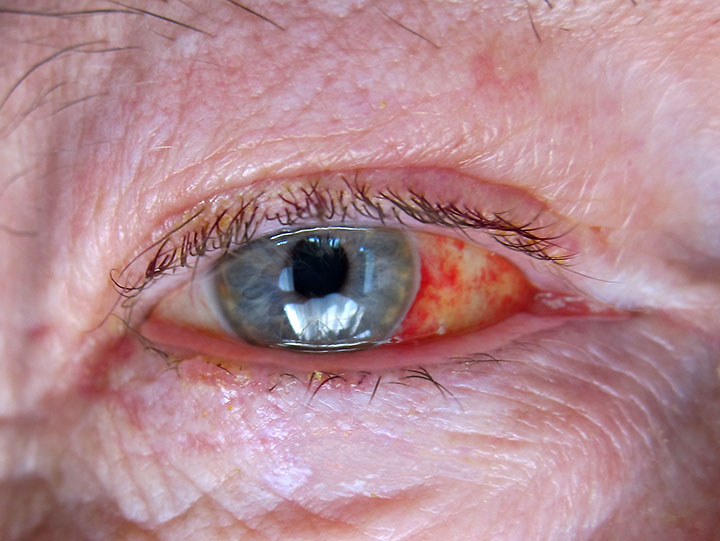To the paper's credit, it published my Letter to the Editor under the headline "Levant the one who's out of line." The paper also published a letter with an opposing view, as if this added balance to the discussion.
I contend that with a story like this real balance is only achieved by running one comment supporting Levant and an almost limitless number of comments taking Levant to task. For instance, the following is a condensed listing of the comments in the Huffington Post.
Pro Levant:
- It would be appropriate to ignore that particular reporter, and if any actual rules were broken that avenue should be pursued, but to punish hundreds of reporters who had no control over what was said does not bode well for someone with aspirations for the PMship.
Critical of Levant:
- It's one of the few things that Trudeau's done that I respect; you don't go after someone's family. You don't call their parents "sluts" and expect them not to react. Frankly, I'm surprised Trudeau didn't hunt down Ezra Levant and beat the living hell out of him. God knows that's what I'd have done if some journalistic hack did that to me.
- Levant needs to be censured or fired.
- Trudeau is deserving of an apology . . .
- Sun Media is getting to be an embarrassment.
- I applaud Trudeau for taking this action.
- I would not give them the time of day either . . . call(ed) parents "sluts" . . .
- It's about time . . . the media has gone so far off the rails . . .
- The groom's father and the bride were totally offended by this little weasel..
- I would be interested to see a poll on what Canadian's think about Justin's personal ban of Quebecor. My guess would be that the majority of Canadians side with Justin on this one. One reason -- because what Levant did was so distasteful and gross it is completely acceptable to expect an apology from the parent company for allowing it to be released to the public. Second reason - very few people really listen to what the Sun has to say about anything nor do they use it as a primary news source so we aren't missing anything with or without them. The media has a right to care about this issue however - there are lots of Sun "journalists" being punished for one mans actions. They want access to Justin and they want to be able to ask the hard hitting questions on the right side of the debate and I think that is great - however, they should think about how important that right is before they allow their "journalists" to abuse it.
- I absolutely agree with Trudeau. By boycotting Sun News, all he risks is not being exposed to the twenty or thirty people who watch Levant on a regular basis. I understand he - Levant - has a big family Neither Levant nor Sun News is a credible information source. They're junk. Refusing to talk with Levant or Sun News is akin to turning down an interview with the National Enquirer,
- "Federal Liberal Leader Justin Trudeau's decision to boycott Sun Media over an "offensive" rant by one of its TV personalities is short-sighted, experts say, and may have Canadians questioning his open government stance." Oh shut up already. Anyone who can't empathize with Trudeau stance on this clearly hasn't had a national news organization call their dead or elderly parents "sluts". Honestly, if I were JT, Levant would get a slap in the face!
And my two personal favourites:
- I think it would be nice if Trudeau's boycott stirred up a little rebellion among the editors and journalists in the dozens of smaller dailies that Sun owns.
- If Fox News North doesn't fire Levant over this then everyone should boycott them.
The Globe and Mail carried an article looking at Levant's comments. The headline says it all: Justin Trudeau was right to block Sun for Ezra Levant’s attack.
The comments following the Globe article were as one sided in support of Trudeau as the comments following the Huffington Post article.
- 207 Globe readers agreed with the person who commented, "Levant's remarks are a disgrace to journalism."
- 143 readers agreed, "No fan of Trudeau... but insulting his mother and father is the stuff of teenagers and lunatics."
- Another wrote, "Ezra Levant is a raging lunatic who is not a journalist . . . ."
Lunatic seems to be a popular word when folk are describing the Sun Media personality.





























